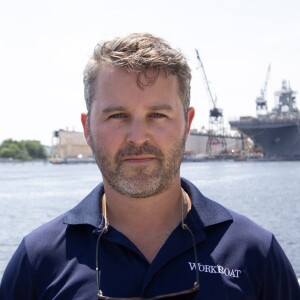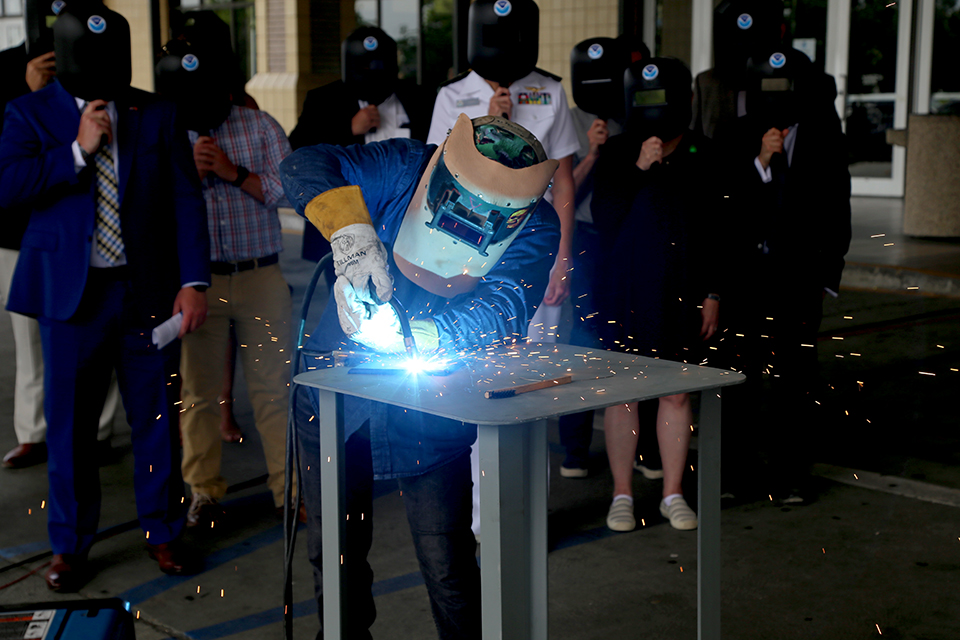The 2024 International WorkBoat Show conference kicked off with a presentation by Rear Adm. Chad Cary of National Oceanic and Atmospheric Administration’s (NOAA) Office of Marine and Aviation Operations (OMAO), detailing the NOAA fleet and future modernization efforts.
Cary shared that NOAA operates the world’s second-largest government research fleet, comprised of 15 ships, 10 aircraft, and an expanding fleet of uncrewed systems. This fleet supports diverse missions, including nautical charting, fisheries research, oceanography, and deep-sea exploration, with a presence from Alaska to the Gulf of Mexico and along the U.S. East Coast.
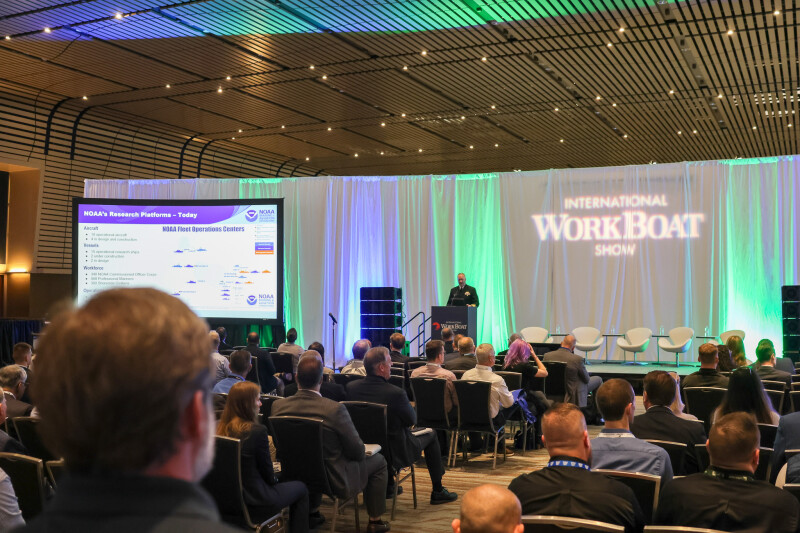
Despite the fleet’s size, only seven of NOAA’s vessels were purpose-built for the organization’s needs. He highlighted the agency’s ongoing effort to construct purpose-built ships that better support their scientific and operational needs.
Cary pointed out that, “The mapping and charting ships...need to make it to age 61 (years) before being replaced,” referring to the extended service life of older vessels. "That's a long time for ships to operate in tough environments,” he said.
Despite these hurdles, Cary emphasized the importance of collaboration and the role of industry in helping NOAA meet its mission objectives. “So we have a lot of work to do here, and with the help of the talent in this room...there's a lot of conversation that can lead to accomplishing these goals.”
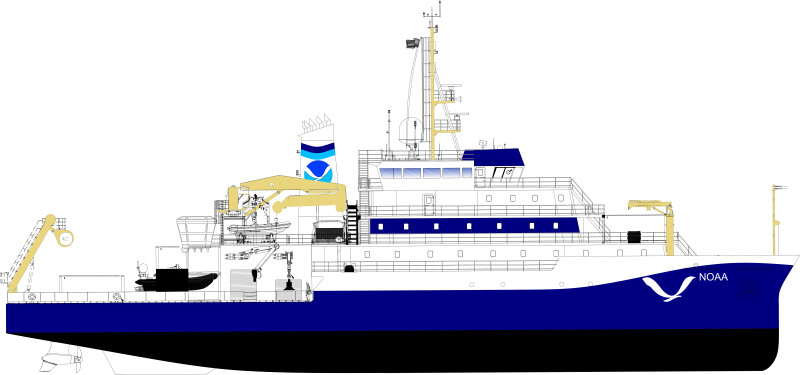
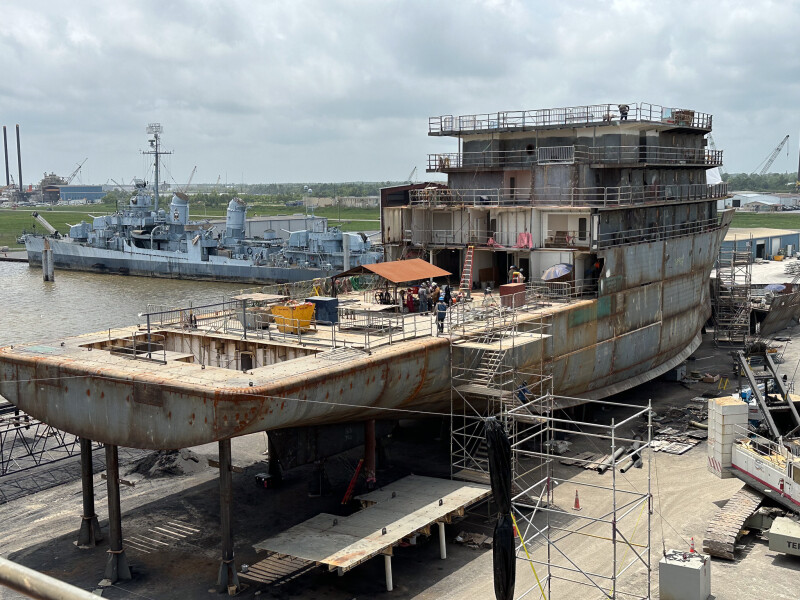
The aging NOAA fleet is a key focus for modernization. As of 2023, the average age of NOAA vessels is 35 years, and by 2030, six ships are expected to reach the end of their operational life. In response, NOAA is managing the construction of four new research vessels. These ships are designed to replace older vessels and improve NOAA’s ability to carry out critical research, including oceanographic studies and climate monitoring.
Cary provided updates on the vessels currently under construction. Two new ships, Oceanographer and Discoverer, are being built at Thoma-Sea Marine Constructors, Houma, La. The Oceanographer will be based in Honolulu, and is expected to be completed in 2025. The Discoverer is set to operate out of Newport, R.I., with delivery expected in June 2026.
Cary described NOAA’s efforts to improve vessel maintenance, noting that the agency now awards contracts 120 days earlier than in previous years to ensure better coordination and preparation. “We now have 51 vendors just for NOAA...expertise in marine systems, propulsion, hydraulics and scientific sensors,” he explained. Maintenance of the existing fleet costs approximately $85 million annually. Bids are currently open for repair on the Oscar Dyson, and NOAA is expecting to get that work started in 2026.
Another key area of focus for NOAA is the integration of uncrewed surface and subsea vessels. Cary noted that these emerging technologies are already showing significant operational benefits. “We are fully leaning into the emerging technologies,” he said, adding that in some areas, efficiencies have increased by 40% compared to traditional operations. While the use of uncrewed vessels could eventually reduce the workforce, Cary emphasized that, “We're not yet seeing a reduction in the number of people it takes to make this all work.” He also highlighted that as NOAA develops its new mapping and charting vessels, the integration of uncrewed systems will be a key part of their operational model.
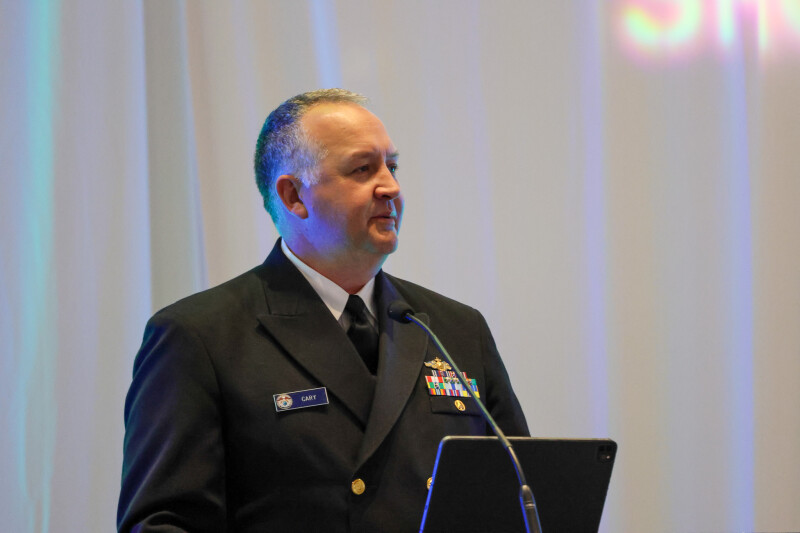
Rear Adm. Chad Cary of NOAA’s Office of Marine and Aviation Operations discusses the current NOAA fleet and plans for future modernization. Doug Stewart Photo.
Finally, Cary underscored the importance of NOAA’s missions, which are guided by a variety of federal mandates, including the Magnuson-Stevens Fisheries Conservation and Management Act, the Marine Mammal Protection Act, and the National Oceanographic Partnership Program. He stressed that these directives give NOAA the flexibility to apply the best scientific methods to fulfill its policy goals. “Every year, more than 1,000 scientists go to sea on NOAA ships.... NOAA ships enable researchers to monitor the rapidly changing conditions of the ocean and atmosphere,” Cary said, emphasizing the critical role of NOAA’s fleet in scientific research, national security, and environmental protection.



